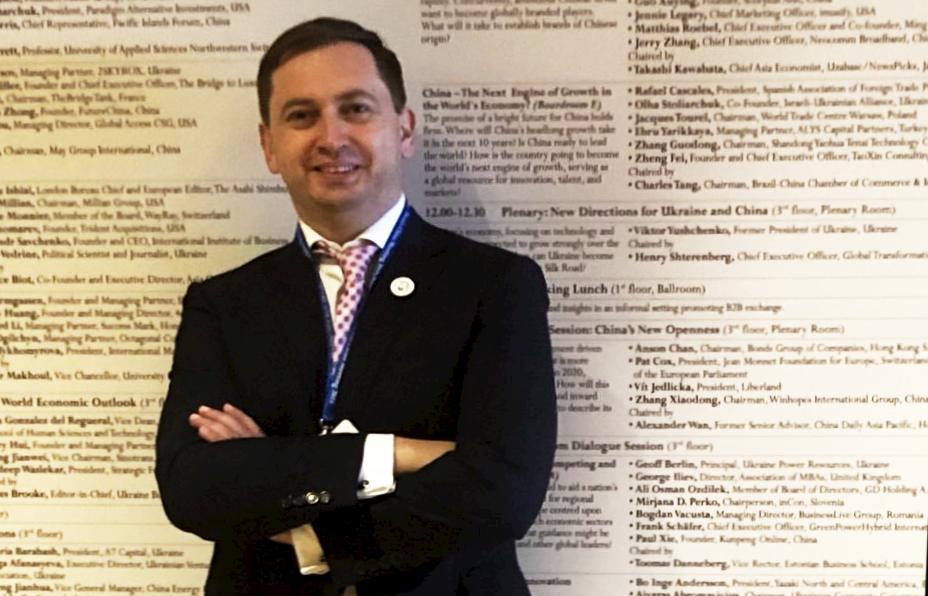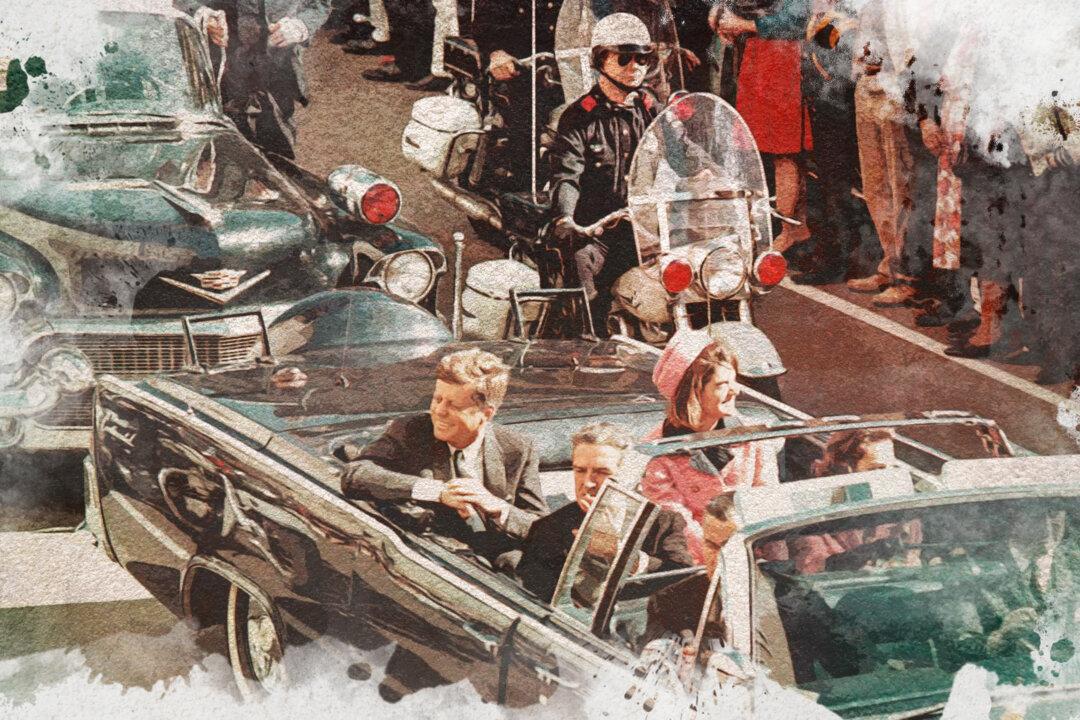Why have Steele’s dossier lies been so successful? Why have they persisted? To understand this, we need to go beyond the media and intelligence community that covered both for Christopher Steele and, more recently, for Biden. They can only do so much without a good narrative. And a good narrative is what Hillary Clinton’s Swiftboat project gave them. The Clinton campaign did not just put out a story for the media to parrot. They had worked out a meticulous plan with many moving parts and layer upon layer of complexity and deniability. They used a former British intelligence officer to give the story a veneer of credibility. They also used compromised members of the media to advance both the overall narrative and specific parts of it. One of those parts was the framing of Sergei Millian, which ranks as perhaps the most egregious episode of the entire Russiagate affair.

Sergei Millian at the 2018 Horasis conference in Kyiv, Ukraine, in October 2018. Sergei Millian
0:00
The Epoch Times presents the third part of an exclusive edited extract from the forthcoming book “Swiftboating America” by Hans Mahncke, co-host of Truth over News on EpochTV. Sign up at SwiftboatingAmerica.com to get a notification once the book is out.




